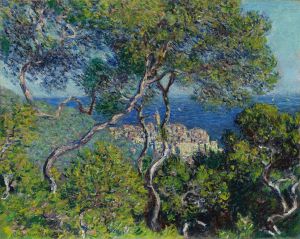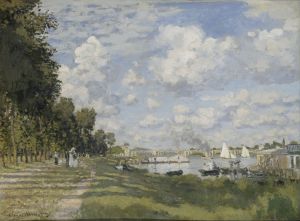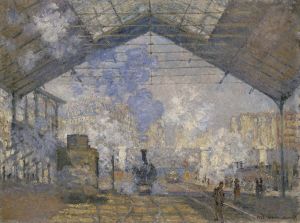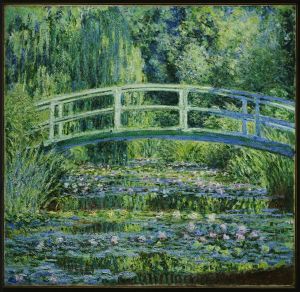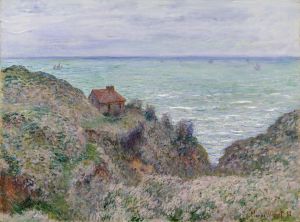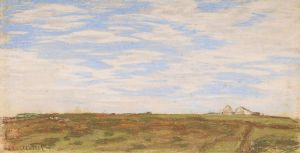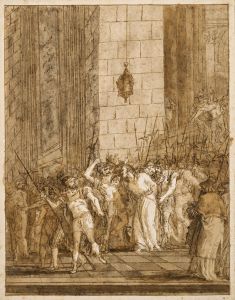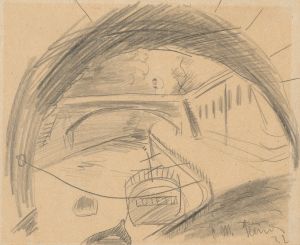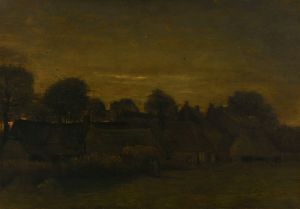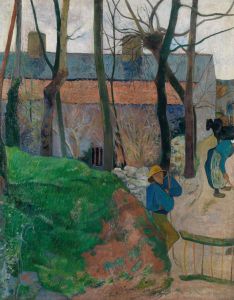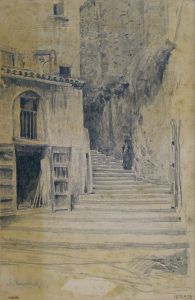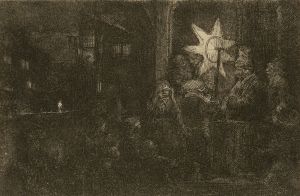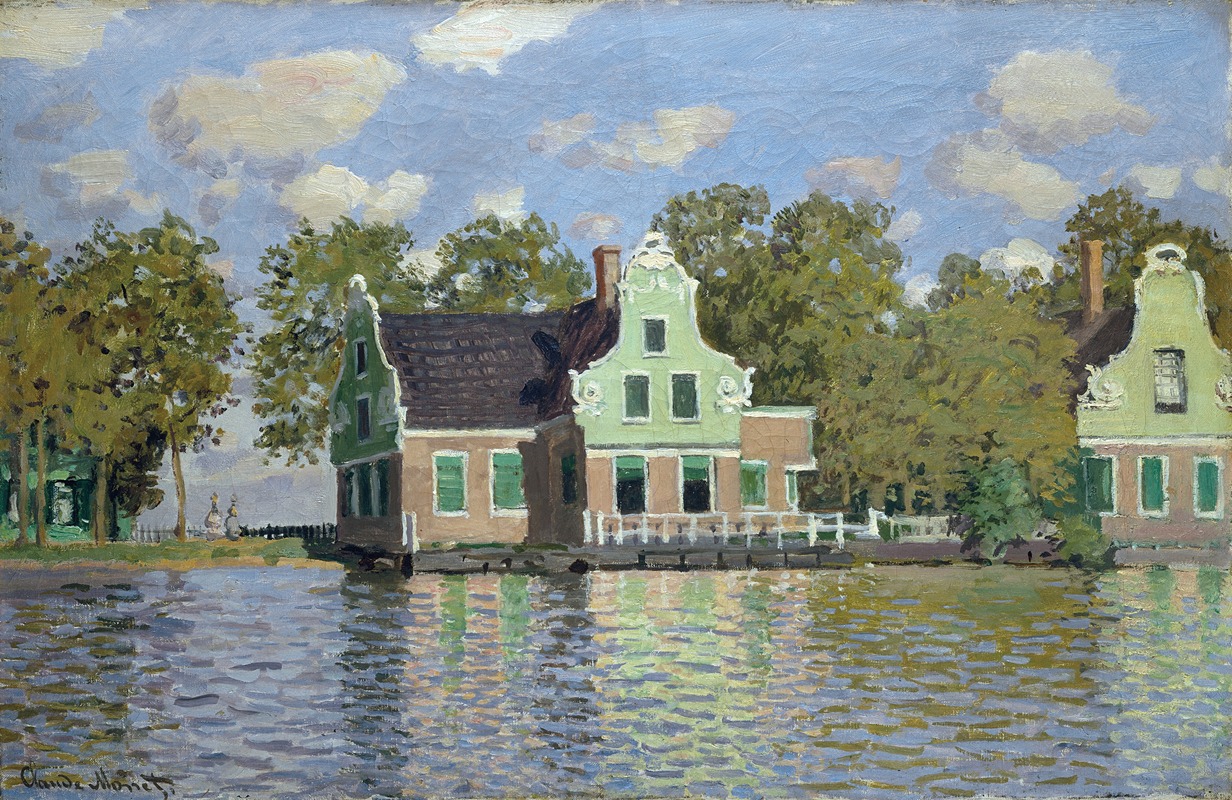
Houses by the Bank of the River Zaan
A hand-painted replica of Claude Monet’s masterpiece Houses by the Bank of the River Zaan, meticulously crafted by professional artists to capture the true essence of the original. Each piece is created with museum-quality canvas and rare mineral pigments, carefully painted by experienced artists with delicate brushstrokes and rich, layered colors to perfectly recreate the texture of the original artwork. Unlike machine-printed reproductions, this hand-painted version brings the painting to life, infused with the artist’s emotions and skill in every stroke. Whether for personal collection or home decoration, it instantly elevates the artistic atmosphere of any space.
Houses by the Bank of the River Zaan is an oil painting created by the French Impressionist artist Claude Monet in 1871. This artwork is part of a series of paintings Monet produced during his stay in the Netherlands, specifically in the town of Zaandam, located near Amsterdam. Monet traveled to Zaandam with his wife, Camille, and their son, Jean, in the summer of 1871, seeking refuge after the Franco-Prussian War. The serene landscapes and unique architecture of the region inspired him to create numerous works during his stay.
The painting depicts a tranquil scene along the River Zaan, with houses lining the riverbank. Monet's characteristic Impressionist style is evident in the loose brushwork and his focus on capturing the effects of light and atmosphere. The reflections of the houses and the sky on the water are rendered with a delicate interplay of colors, showcasing Monet's mastery of depicting natural elements. The composition emphasizes the harmony between human habitation and the natural environment, a recurring theme in Monet's work.
Monet's visit to Zaandam lasted only a few months, but it was a highly productive period for the artist. He created around 25 paintings during this time, many of which feature the area's windmills, waterways, and distinctive Dutch architecture. Houses by the Bank of the River Zaan is one of these works and exemplifies Monet's fascination with the interplay of light, water, and built structures.
The painting is notable for its depiction of the Dutch landscape, which was a departure from the French countryside scenes Monet had previously painted. It reflects his ability to adapt his Impressionist techniques to new environments while maintaining his focus on capturing the ephemeral qualities of light and atmosphere.
Today, Houses by the Bank of the River Zaan is recognized as an important example of Monet's early Impressionist period. It is held in a private collection and is occasionally displayed in exhibitions dedicated to Monet's work or the Impressionist movement.





